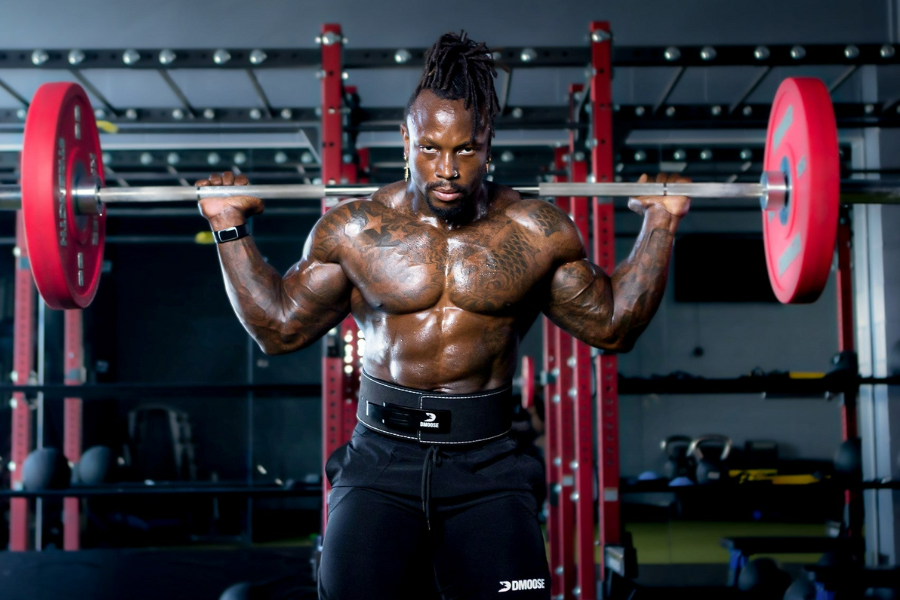When weightlifting, many strive to push their limits and achieve new personal bests in the gym.
While building strength and muscle mass requires dedication and effort, it also demands careful consideration of safety equipment and tools such as weightlifting belts.
The DMoose blog offers tips on making an informed decision while buying weightlifting belts to choose the right product.
PS: For a detailed discussion, you can check this comprehensive weightlifting belts guide.
Weight Belt for Lifting:

Weightlifting belts are primarily designed to support the lower back and core during heavy lifts, such as squats, deadlifts, and overhead presses.
Here are some scenarios in which using a weightlifting belt may be beneficial:
- If you frequently engage in heavy lifting where your spine is under significant load, a weightlifting belt can help stabilize your core and reduce the risk of injury.
- Individuals with a history of lower back problems or susceptibility to injury should get added support from a lifting belt.
- Wright belts are mandatory to wear during powerlifting competitions. It increases intra-abdominal pressure, helping you lift heavier weights.
- Weightlifting belts offer extra support when you've reached a plateau in your strength training and want to push through to new levels.
Related Article: Weight Lifting Belt - the Absolute Protection You Need When Lifting Heavy Weights
Why Choose the “Right” Weightlifting Belt?

Weightlifting belts are of many kinds. As they are not the same, you should choose your gym belt very carefully.
With the right weightlifting belt, you can expect the following:
Improved Core Stability
Weightlifting belts are designed to brace your core, providing additional support to the muscles and structures around your spine.
This increased stability can help you maintain proper form and reduce the risk of injury during heavy lifts.
Increased Intra-Abdominal Pressure
Weightlifting belts help you create greater intra-abdominal pressure that acts like a natural weightlifting support system, enhancing your ability to lift heavier loads safely.
Enhanced Performance
Belts stabilize your core and spine so you can lift more weight than before. You will achieve improved performance and the ability to break through strength plateaus.
Injury Prevention
Weightlifting belts act as a safeguard against hyperextension and improper form and reduce the risk of lower back injuries, especially when lifting heavy weights.
Confident Lifting
Lifting belts boost your confidence in the gym as you have that extra supportive layer. This aspect translates into better performance and more successful workouts.
Tips to Choose the Right Weightlifting Belt
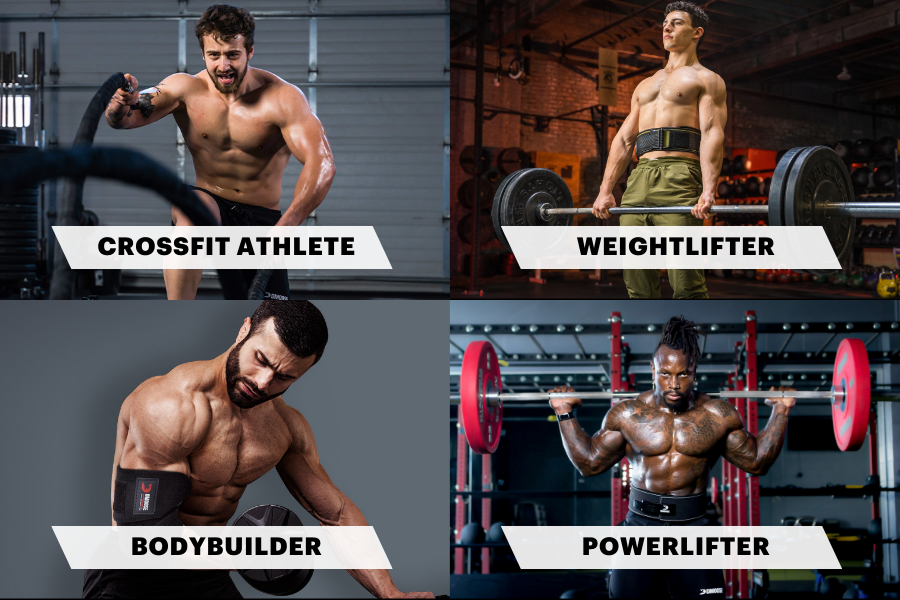
How do you choose the right weightlifting belt that is designed solely for you?
Here's a checklist to help you select the best weightlifting belt for your needs:
Assess Your Goals
Evaluate your fitness goals. Are you a powerlifter aiming for maximum stability, or are you a crossfit enthusiast looking for versatility and ease of use?
Your goals will help determine the type of belt that suits you best.
Check Belt Material and Construction
Belts come in different materials and designs, have different types of straps and prongs, and can vary in stitching and design.
So first of all, check the material and construction on the basis of the following:
- Leather: Leather belts are known for their durability and long-lasting quality. They provide excellent support and are favored by many serious lifters.
- Nylon: Nylon belts are more flexible and often more affordable. They are suitable for a wide range of exercises but may not offer the same level of support as leather belts.
- Velcro vs. Stitched: Some belts use Velcro for closure, which offers quick adjustments but may not be as secure as stitched belts with buckles or prongs.
Consider Belt Width & Thickness:
Belts have different widths and padding thicknesses. Wider belts provide better support for the lower back and core during heavy lifts.
Thicker belts tend to be more rigid, offering enhanced support. So, you should choose accordingly.
For more on belt size, thickness, and choice, click the link.
Examine Closure Type (Buckle or Velcro):
Buckles are secure and can provide a snug fit, but they may take longer to fasten than Velcro.
On the other hand, velcro closures are quick and convenient but may not provide the same level of tightness and security as buckles.
Choose the support you need.
Measure Size That Fits:
Before you choose the belt, try determining the right size. For this, measure your waist at your navel level.
When choosing the size, get belts with multiple adjustment holes or a quick-release system, as they provide a customized fit.
You can also consult the manufacturer's sizing guide; sizes vary between brands.
Related Article: Guide to Measuring a Weightlifting Belt
Budget Considerations
While opting for the most budget-friendly option is tempting, investing in a high-quality weightlifting belt is essential for safety and long-term use. Consider it an investment in your fitness journey.
Before you buy your weightlifting belt, we would like to give you more information regarding lifting belt types so you won’t buy something you dont need.
Read Reviews and Seek Recommendations
Look for reviews and recommendations from experienced lifters or trainers. Real-world feedback can provide valuable insights into the performance and durability of specific belts. Reputable brands often produce high-quality weightlifting belts. Research brands known for their durability and craftsmanship.
Before finalizing your purchase, check the manufacturer's warranty and return policy. This ensures you have options if the belt doesn't meet your expectations.
Types of Weightlifting Belts
When shopping for a weightlifting belt, you'll come across various types. Each type has its advantages and is suited for different purposes:
Prong Belt:

Prong belts use a metal buckle system with one or more prongs that fit into adjustment holes. They are known for their reliability and secure fit.
Powerlifters favor DMoose 10mm Weightlifting prong Belts for their stability and the ability to fine-tune the fit.
Lever Belt:
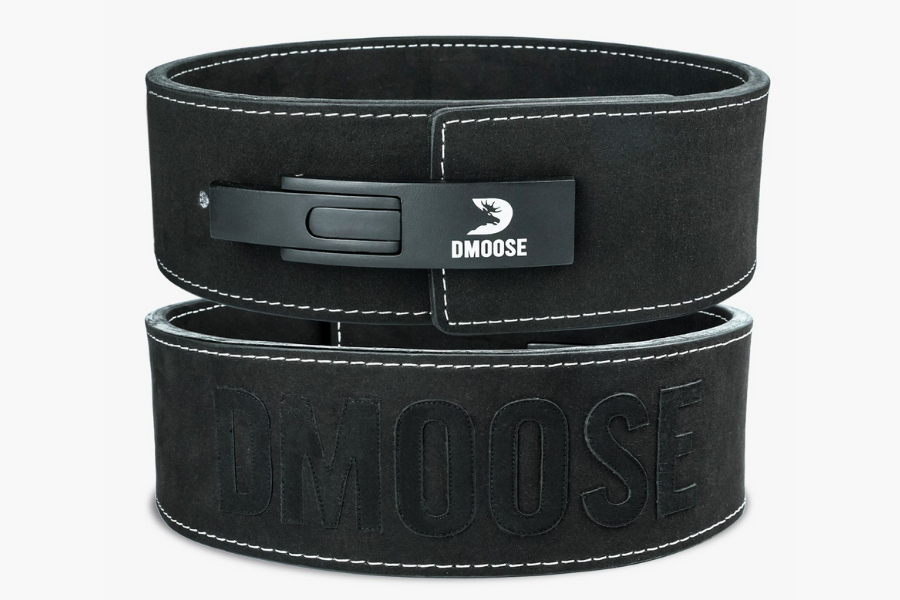
Lever belts feature a lever mechanism for fastening and unfastening the belt. They are incredibly quick to use and provide a firm, consistent fit.
DMoose Lever belts are popular among powerlifters and those who want minimal fuss when putting on their belt.
Velcro Belt:
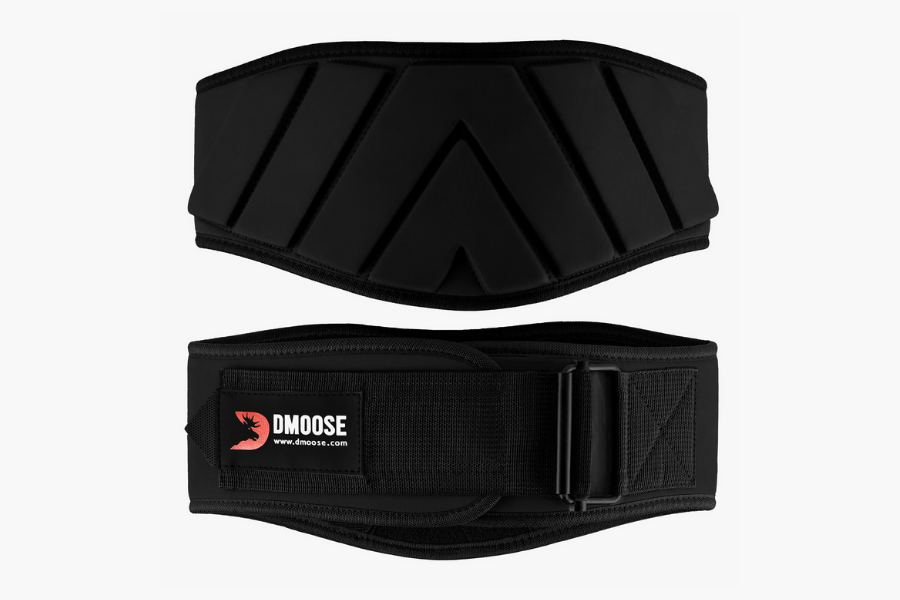
Velcro belts are easy to fasten and adjust, making them suitable for various exercises.
DMoose 2-in-1 velcro belts made of neoprene material are lightweight, versatile, and popular for crossfit and functional fitness routines.
Tapered Belt:
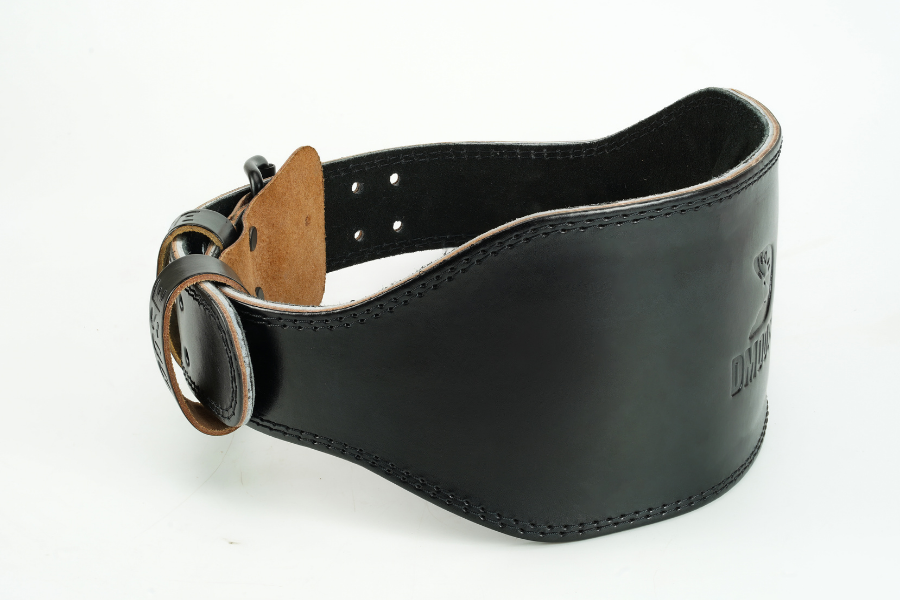
Tapered belts are narrower in the front and wider in the back, allowing for greater freedom of movement during exercises like squats.
DMoose Weightlifting 5mm Thick Belts offer a great combination of support and mobility.
When You Should Use a Weightlifting Belt?
Timing is crucial when incorporating a weightlifting belt into your training routine. Here are some key points to consider:
Experience Level
If you're a beginner, focus on mastering proper lifting form and technique before using a weightlifting belt to build a strong foundation of strength and stability.
Lifting Heavier Weights
Consider using a weightlifting belt when you start lifting heavier weights that put increased strain on your lower back and core.
Lever Belt Vs. Prong Belt: Which Is Better?
Deciding between a lever and a prong belt is hard. Let's compare the two in detail here to help you make an informed decision:
Lever Belt
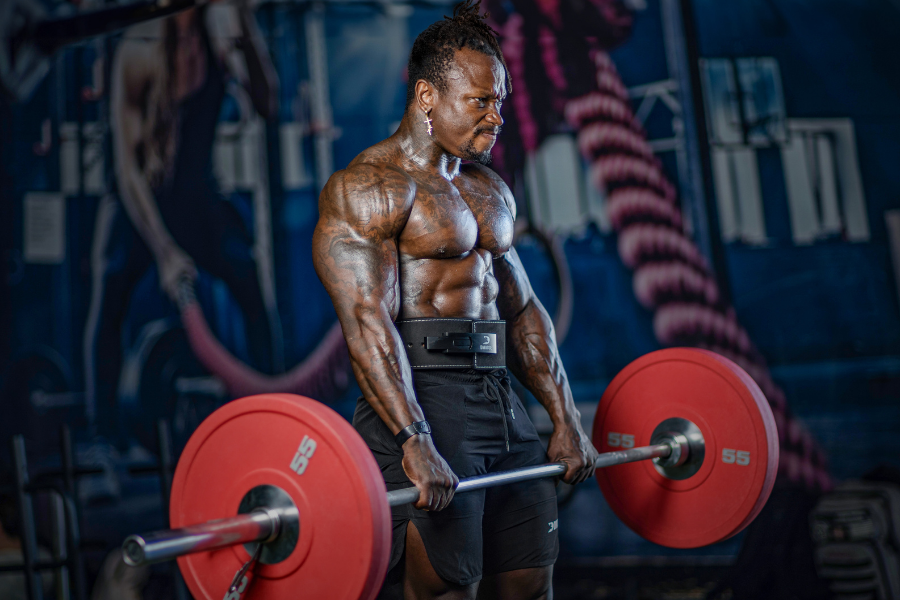
Lever belts are highly regarded for notable advantages catering to specific lifting preferences and requirements.
One of their standout pros is the speed and ease of fastening and unfastening.
If you're serious about your weightlifting journey and looking for the perfect lifting belt, the DMoose 10mm Lever Weightlifting Belt is a game-changer you won't want to miss.
Prong Belt
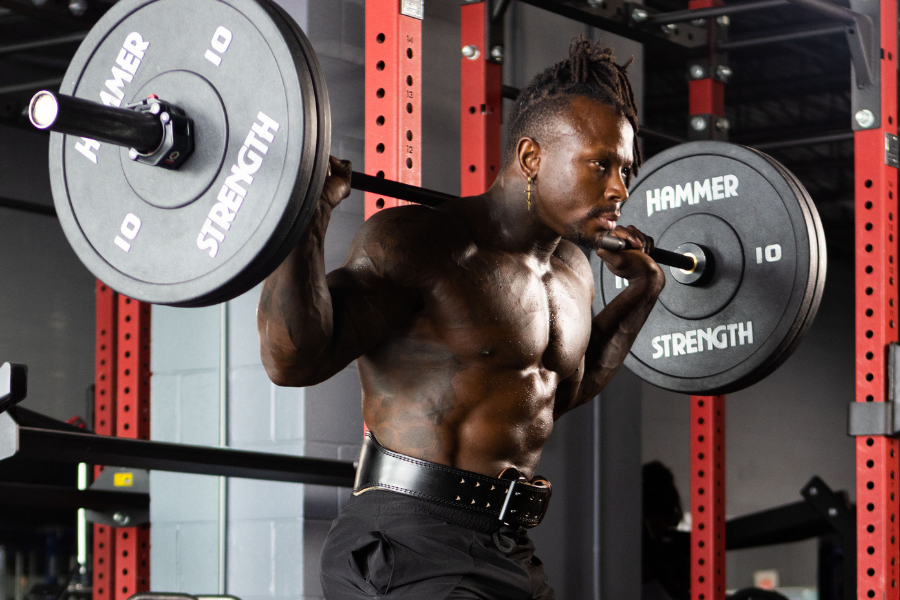
Prong belts, on the other hand, offer their own set of advantages and considerations. One of their standout pros lies in the simplicity of their design.
Prong belts use a straightforward metal buckle system with one or more prongs that fit into adjustment holes.
Conclusion
Choosing the right lap weightlifting belt for men is a decision that should not be taken lightly.
The right tool is going to significantly enhance your lifting performance, provide essential support, and contribute to your safety in the gym.
Factors like belt material, width, closure type, size, and budget must be considered. Your fitness goals, experience level, and the exercises you perform also matter.
DMoose weight belts are manufactured and designed with these points in mind. Do not forget to check those highly endorsed belts here.









